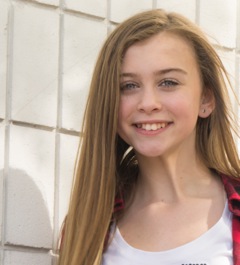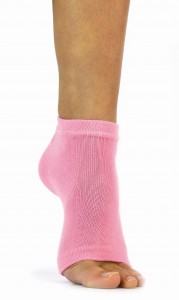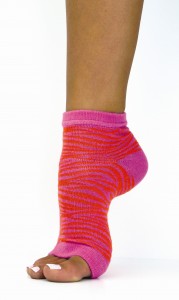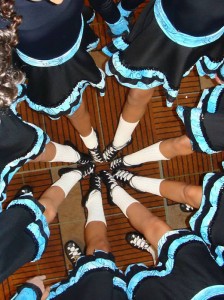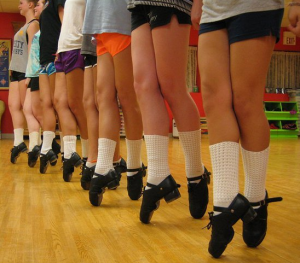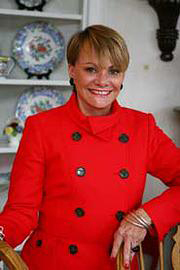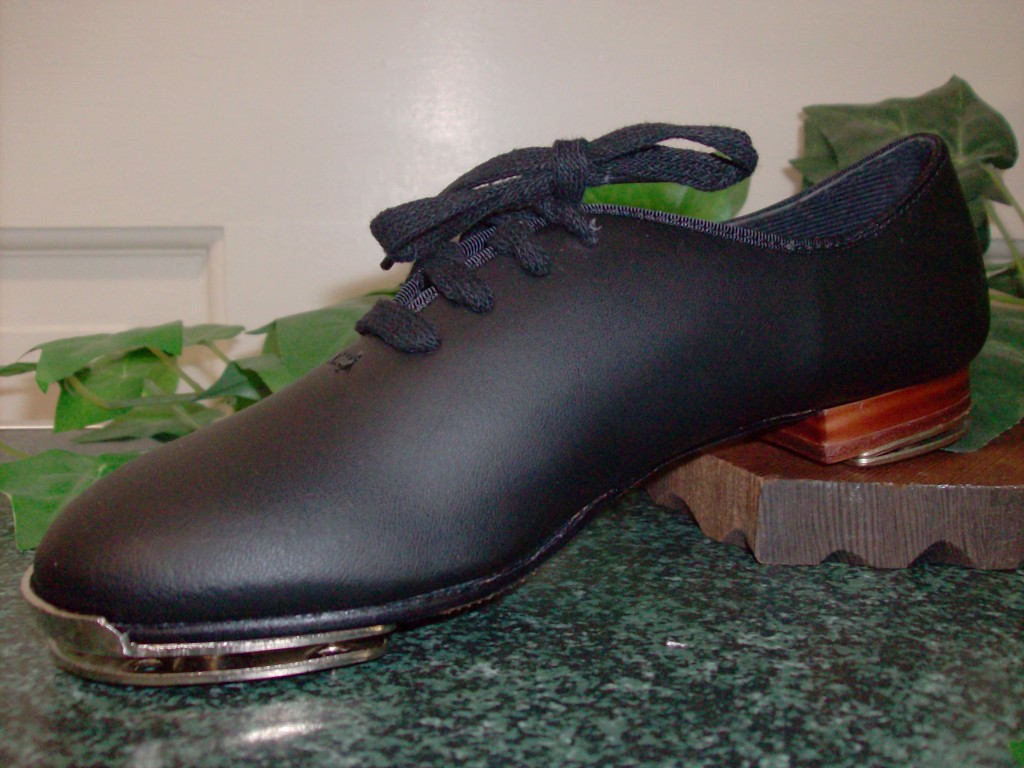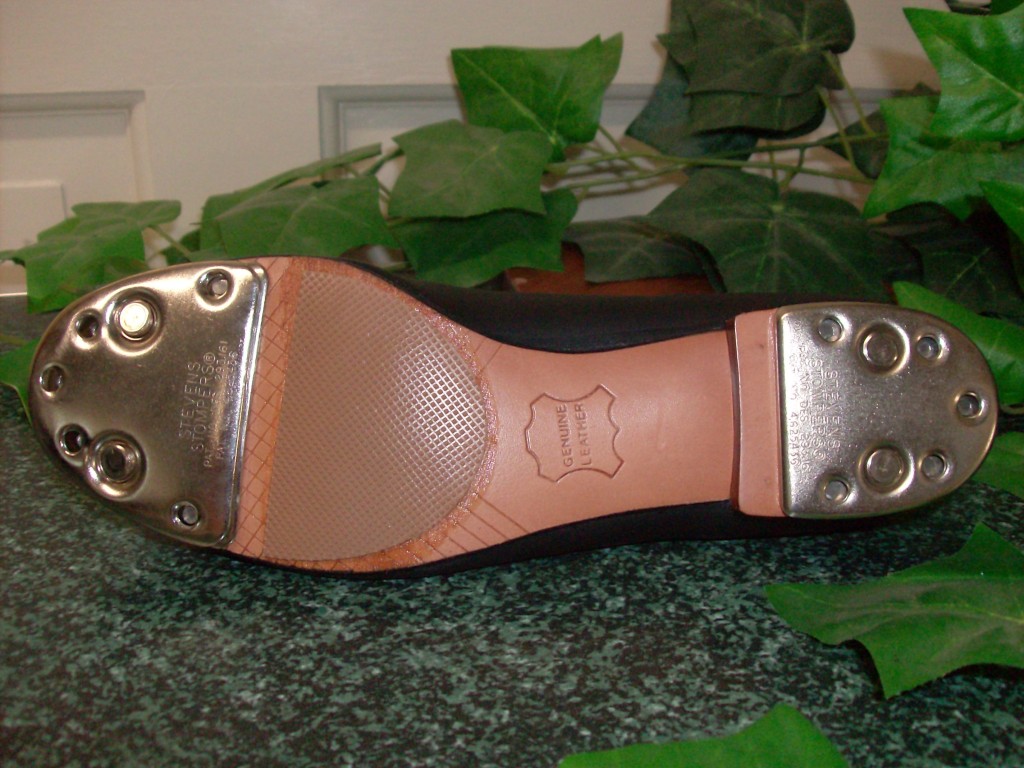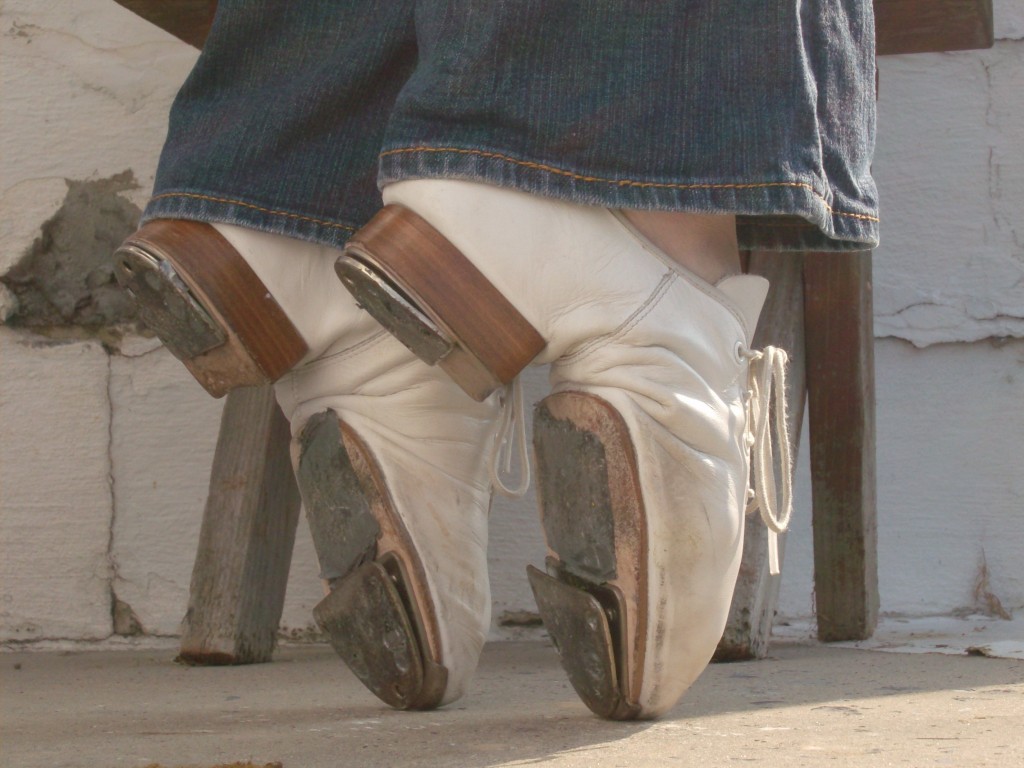
by Catherine L. Tully
If it’s one thing dancers love, its to pamper their feet – and with good reason – they are our tools. To that end, I’m always interested in trying out something new in that department…
So, when Moccis reached out to me to check out a pair of their moccasins, of course I said yes!
Hand-sewn in Sweden, these “slipper socks” remind me of ones I wore as a child, just more stylish. I chose the “Stoney River” option, gray with bright blue stars. They have many different patterns for adults and children, such as pandas, crocodiles and hearts, but there are also fairly plain options if that’s just not your thing. Most of the designs are limited runs, so they are always changing, which keeps the lineup interesting.
 The “sock” part is made out of breathable fabrics, and the sole is an anti-slip, washable (40 degrees) leather, which is nice. The stitching gives the slippers that cute, hand-made feel, and they are quite comfortable. Instead of having the bottom of your foot on the leather, there is a thin, soft layer between. I slid them on, and they felt great! These are perfect for fall weather, but I can see myself wearing them in the winter months as well.
The “sock” part is made out of breathable fabrics, and the sole is an anti-slip, washable (40 degrees) leather, which is nice. The stitching gives the slippers that cute, hand-made feel, and they are quite comfortable. Instead of having the bottom of your foot on the leather, there is a thin, soft layer between. I slid them on, and they felt great! These are perfect for fall weather, but I can see myself wearing them in the winter months as well.
Part of the reason I decided to review these is because I thought dancers might like them, and after getting my pair of Moccis, I think that is true. Take a peek at their line and see if there is one that calls to you…there are quite a few to choose from!
Disclosure: I was not paid for this review, but did accept a review pair of Moccis so I could check them out for myself and pass on my thoughts to readers.






